Lou/Spam, 24, he/xe/they Hi this blog is an ode to my childhood self, who had a special interest in animals. I'm using it as a way to categorize different animal species I see pictures videos or gif of on here. I hope that other folks can enjoy this blog as well :) Disclaimer- I am not an expert or professional. Just neurodivergent. Please don't come to me asking veterinary questions or for help on a biology exam.
Don't wanna be here? Send us removal request.
Text
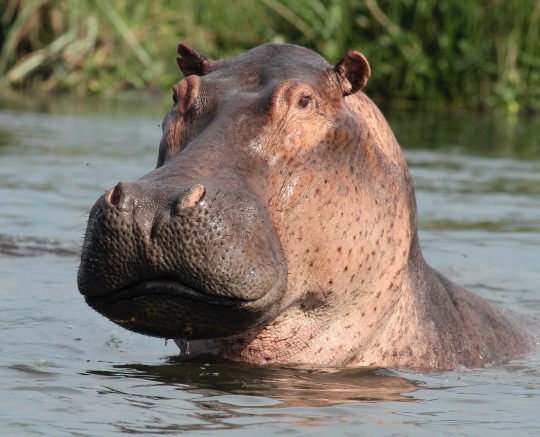
Common hippopotamus Hippopotamus amphibius
Observed by gaell, CC BY-NC-ND
#common hippopotamus#nile hippopotamus#river hippopotamus#hippopotamus#mammals#africa#sub-saharan africa
95 notes
·
View notes
Text

A desert monitor (Varanus griseus) in Negev, Palestine
by Ron Winkler
#desert monitor#reptiles#lizards#monitors#africa#asia#middle east#north africa#central asia#south asia#palestine#iran#jordan#turkey#morocco#algeria#tunisia#libya#egypt#syria#labanon#iraq#oman#turkmenistan#kazakhstan#uzbekistan#tajikistan#kyrgyzstan#mauritania#mali
230 notes
·
View notes
Text

White-rumped Hawk (Parabuteo leucorrhous), family Accipitridae, order Accipitriformes, Rio Bermejo, Ecuador
photograph by Rudy Garns
#white-rumped hawk#birds#birds of prey#south america#argentina#venezuela#peru#paraguay#colombia#ecuador#bolivia#brazil
1K notes
·
View notes
Photo







Sonoran bumble bee, Bombus sonorus, Apidae
Photos 1-3 by kbbutler, 4-5 (female with two males) by mhedin, and 6-7 by tcouncil
1K notes
·
View notes
Text
Friend :)

#japanese house bat#japanese pipistrelle#mammals#bats#asia#east asia#japan#china#taiwan#korea#vietnam#burma
301 notes
·
View notes
Text
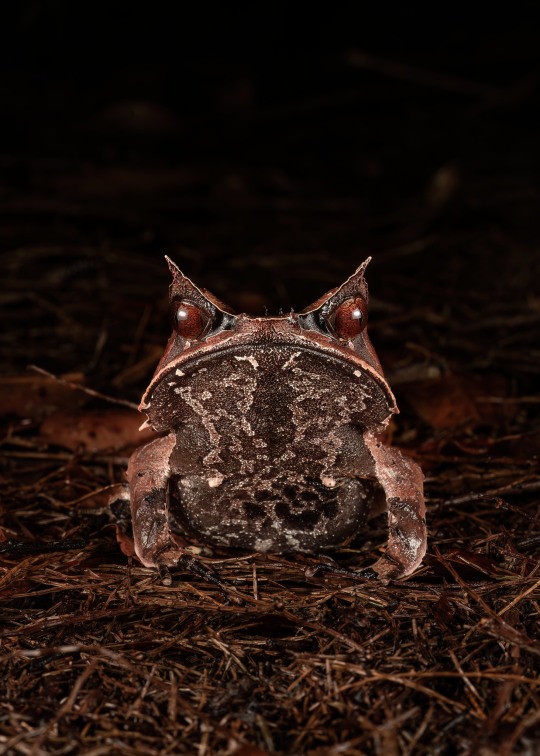

Malayan Horned Frog aka Long-nosed Horned Frog (Pelobatrachus nasutus), family Megophryidae, Borneo
photographs by James Jolokia
#malayan horned frog#bornean horned frog#long-nosed horned frog#malayan leaf frog#amphibians#frogs#asia#southeast asia#thailand#malaysia#singapore#indonesia#sumatra#borneo
3K notes
·
View notes
Text

Rufous-capped Warbler (Basileuterus rufifrons), family Parulidae, order Passeriformes, Oaxaca, Mexico
photograph by Greg Lavaty
#rufous-capped warbler#birds#warblers#north america#central america#the americas#united states#mexico#guatemala#el salvador#honduras#nicaragua#belize#costa rica#panama#colombia
445 notes
·
View notes
Text

Blue emperor Anax imperator. This magnificent chonker is significantly bigger than my palm, and has the most incredible eyes.
Protect your ponds and make some more!
Meadow pond, Wales
#blue emperor#emperor dragonfly#invertebrates#bugs#insects#dragonflies#europe#asia#eurasia#africa#afroeurasia#united kingdom#scandanavia#denmark#sweden#scotland#central asia#middle east#arabian peninsula
31 notes
·
View notes
Text

An Australian sea lion pup (Neophoca cinerea) in Seal Bay Conservation Park, Kangaroo Island, Australia
by Julien NKS
109 notes
·
View notes
Text
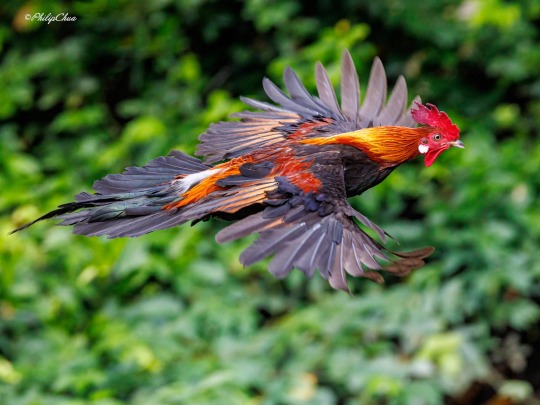

Red Junglefowl (Gallus gallus) male, family Phasianidae, order Galliformes, fling across the river at Pasir Ris Park, Singapore
photographs by Philip Chua
#red junglefowl#birds#pheasants#asia#south asia#southeast asia#india#nepal#bangladesh#china#singapore#the philippines#malaysia#indonesia
9K notes
·
View notes
Photo










Psychedelic forbhopper, Thericles obtusifrons, Thericleidae, Orthoptera
Found throughout southern Africa
Photos 1-2 by jolandiswart, 3 by alexdreyer, 4 by wolfachim, 5 by mstrimas, 6-7 by botswanabugs, 8 by bartwursten, 9 by grant_reed_botswana, and 10 (for scale) by roxylaz
#psychedelic forbhopper#invertebrates#insects#bugs#africa#angola#namibia#botswana#zimbabwe#south africa
2K notes
·
View notes
Text


The New Treaties have arrived today and Long Frog and Round Frog have been helping with Staring! (They are also available to help with Tasting!)
69 notes
·
View notes
Note
give me some pngs of chinstrap penguins (:






#chinstrap penguin#birds#penguins#antarctic circle#antarctica#argentina#chile#bouvet island#south georgia#south sandwich islands
64 notes
·
View notes
Photo


A Chinese Water Deer taking a swim with her fawn
Photograph by Hans Watson
36K notes
·
View notes
Photo

A just hatched leatherback sea turtle crawls toward the sea on Trinidad’s Matura Beach, an important nesting site for the endangered species.
PHOTOGRAPH BY BRIAN SKERRY, NAT GEO IMAGE COLLECTION
#leatherback sea turtle#reptiles#turtles and tortoises#sea turtles#marine life#aquatic life#atlantic ocean#pacific ocean#indian ocean#mediterranean
46 notes
·
View notes
Text

Vermilion Flycatcher (Pyrocephalus obscurus), male, family Tyrannidae, order Passeriformes, Utah, USA
photograph by Rick Fridell (@rickfridell)
#vermillion flycatcher#birds#flycatchers#north america#central america#south america#united states#mexico#guatemala#belize#honduras#nicaragua#colombia#venezuela#guyana#brazil#ecuador#peru#the americas
974 notes
·
View notes
Photo

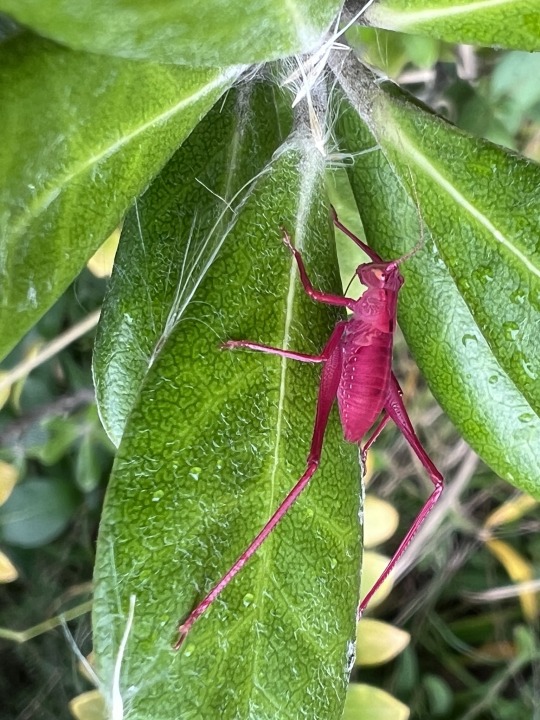



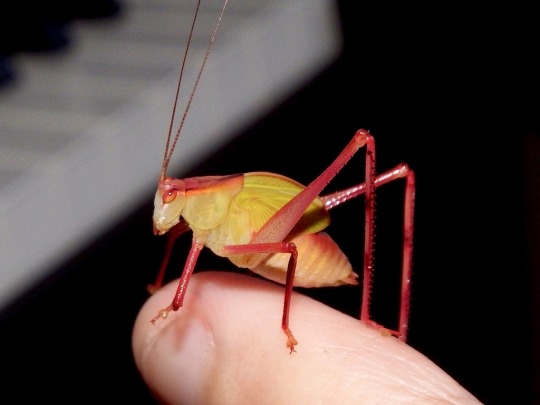
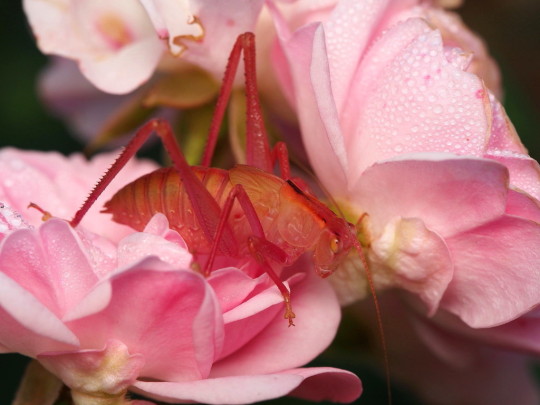


Australian common garden katydid, Caedicia simplex, Tettigoniidae
Although normally green, erythrism (a condition causing excessive production of red pigments) is not incredibly uncommon in this species or in grasshoppers and katydids in general.
Photos 1-2 by coffey09, 3 by lisa_bennett, 4 by william-harland, 5 by helenmacky, 6 by ssw-burlg, 7-8 by flossiepip, and 9 (normal coloration) by dougalt
2K notes
·
View notes